Common Orthodontic Problems
Jaw and Teeth Abnormalities Occur Frequently
Many types of teeth or jaw abnormalities can create an improper bite, or malocclusion. These abnormalities are fairly common and range from mild to severe. Below are some of the most common cases we see and some options we use for treating them. Dr. Reichard will diagnose your particular situation and develop a treatment plan customized to your specific needs for the best result.
Topics on This Page:
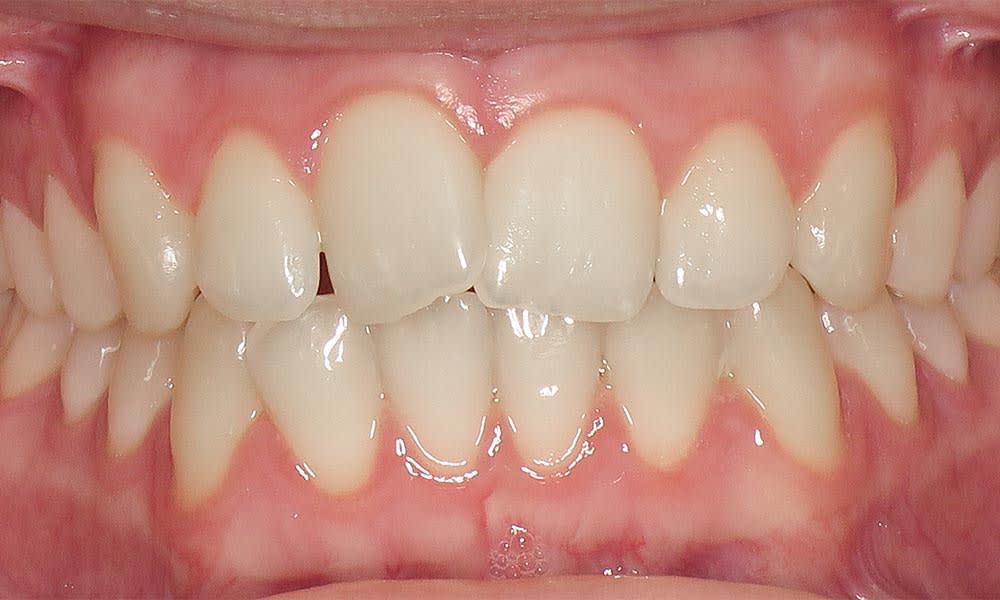
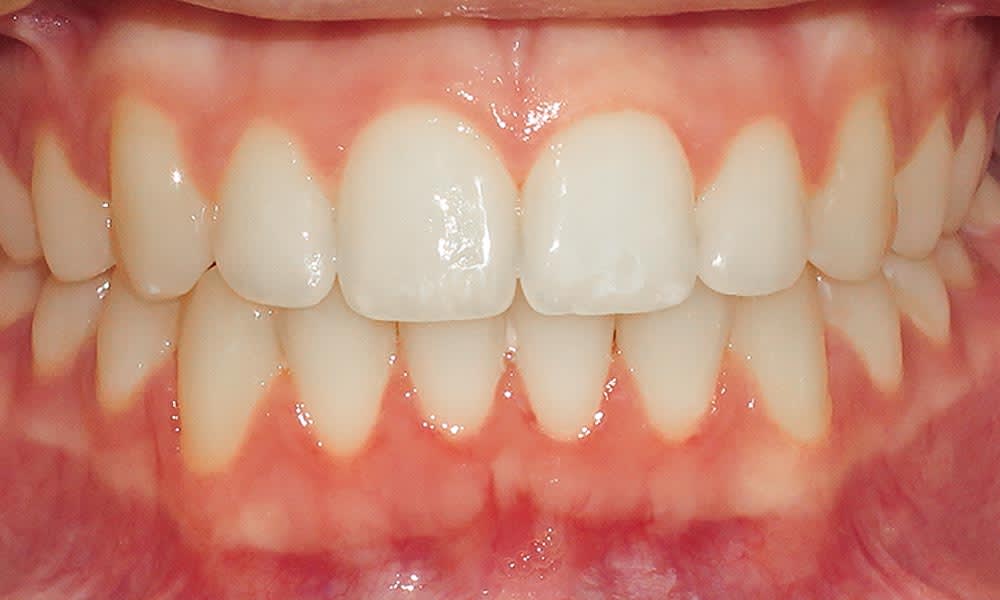
Crowding
Crowding happens when the jaw doesn’t have enough space to accommodate all of the teeth. As the teeth compete for space and push together, one or more teeth might twist, overlap or protrude.
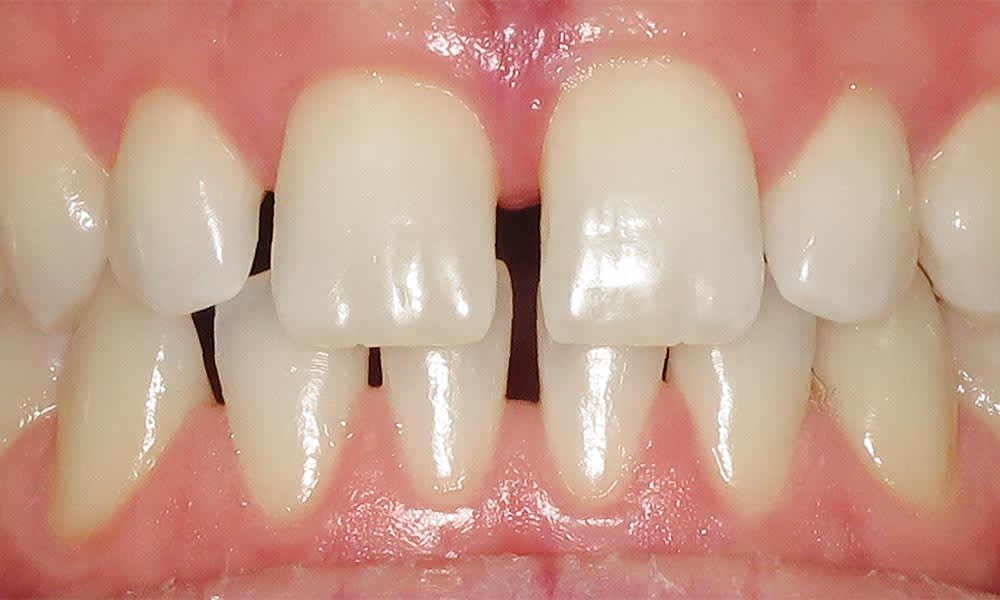
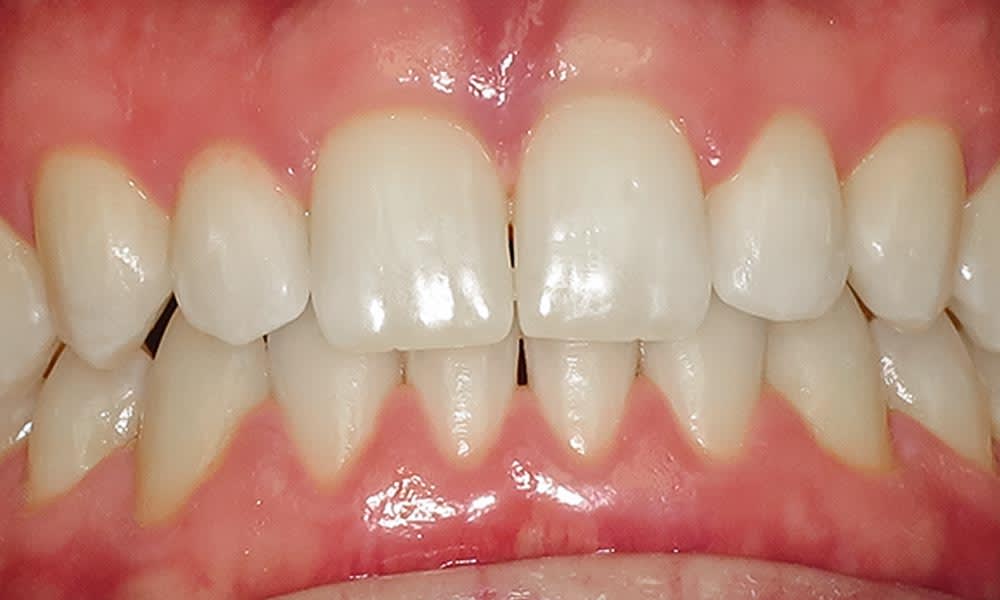
Spacing
Spacing occurs when there is too much space between teeth. As the teeth can’t fill all of the jaw space, distinct gaps show up between the teeth.
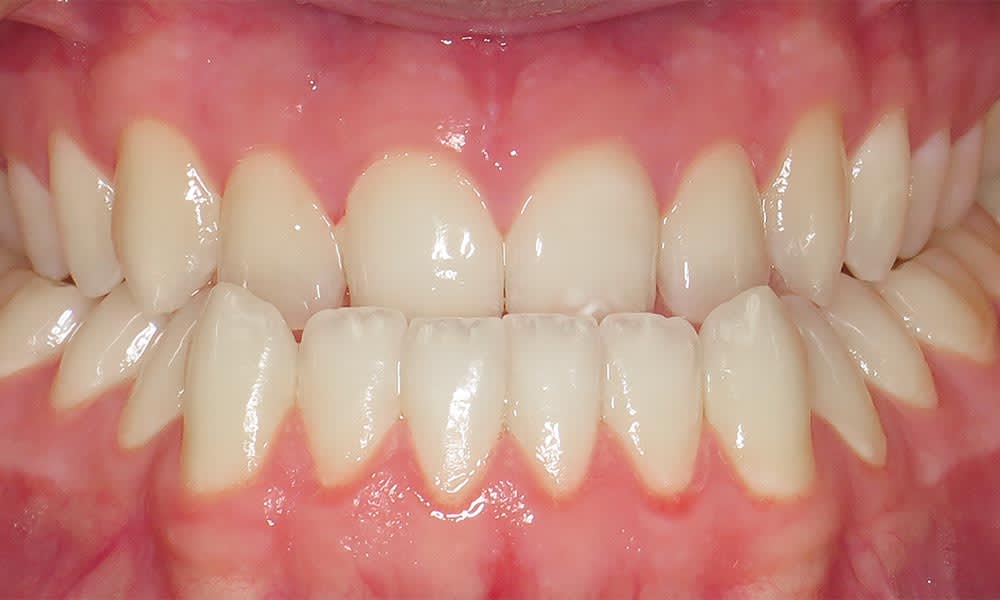
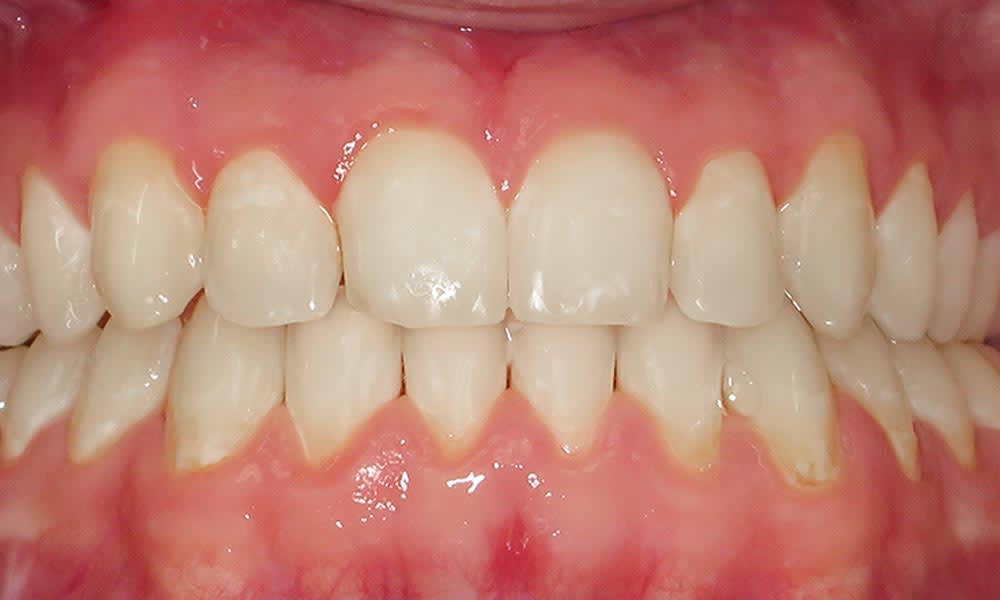
Underbite
An underbite occurs when the lower jaw sticks out beyond the upper jaw. This causes the chin to protrude forward and all the bottom teeth sit in front of the top teeth.
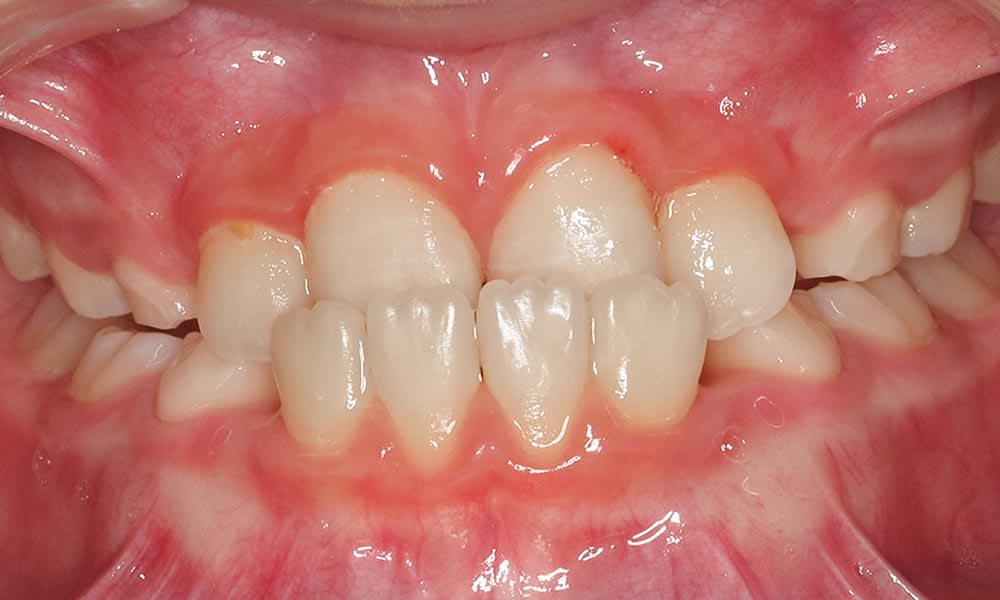
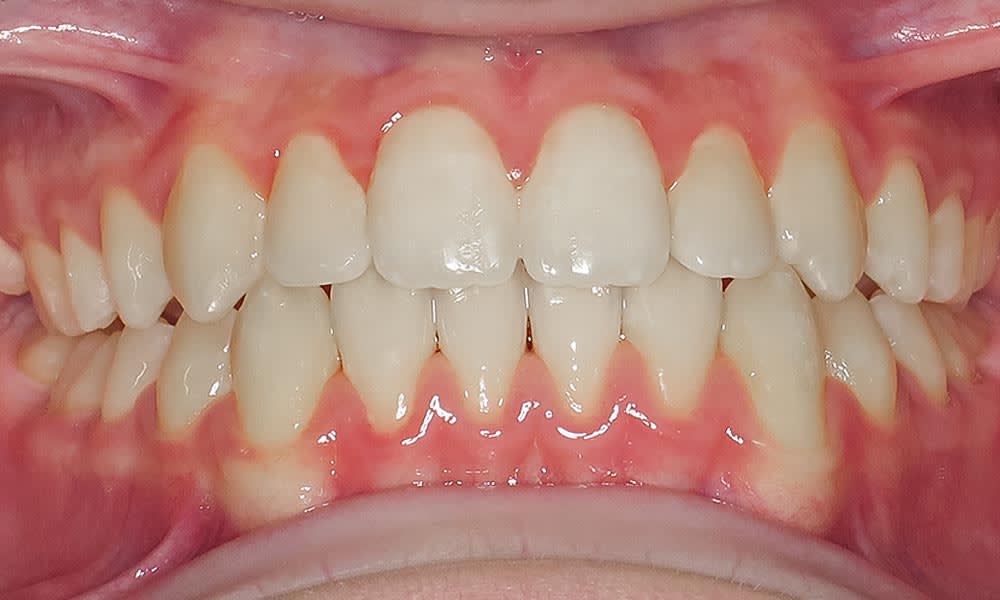
Crossbite
A crossbite occurs when one lower tooth, or a group of lower teeth, sits outside the upper teeth. Crossbites can occur in the front (anterior), back (posterior) or both.

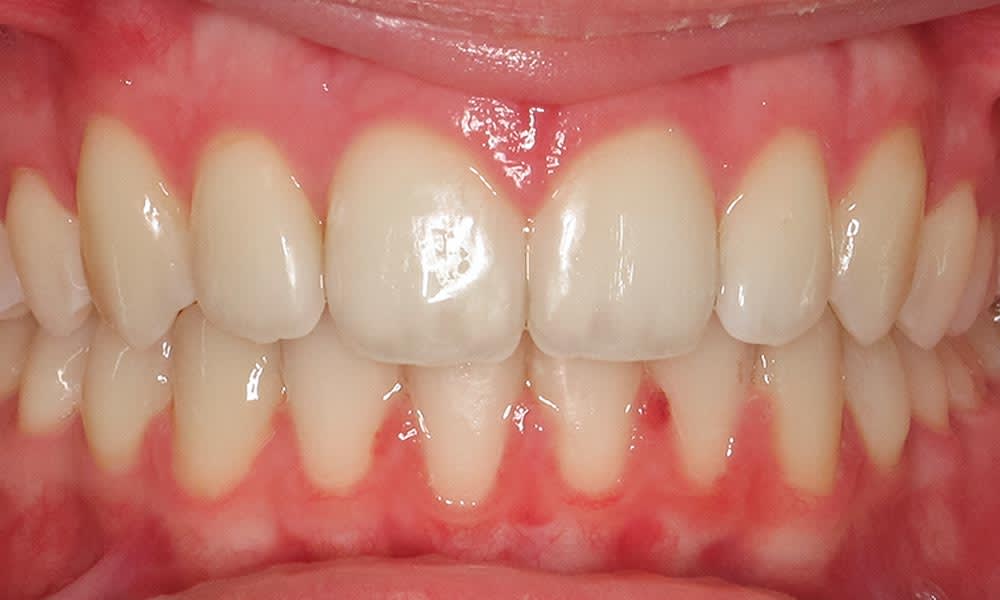
Overbite/Overjet
An overbite occurs when there is excess vertical overlap of the upper and lower teeth; this is also called deep bite. An overjet occurs when there is excess horizontal overlap between the upper and lower front teeth. It is sometimes referred to as “having buck teeth.”
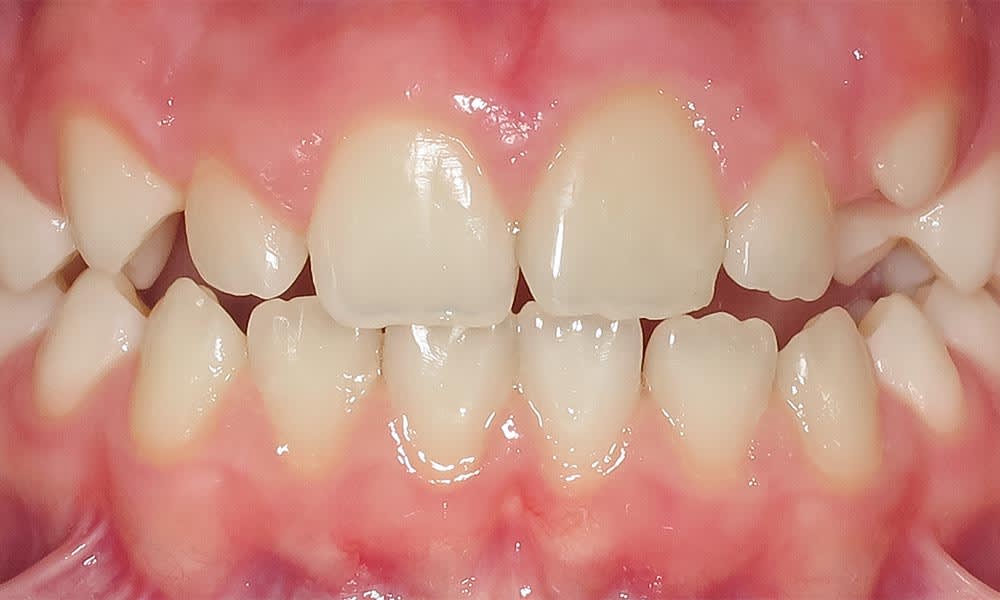
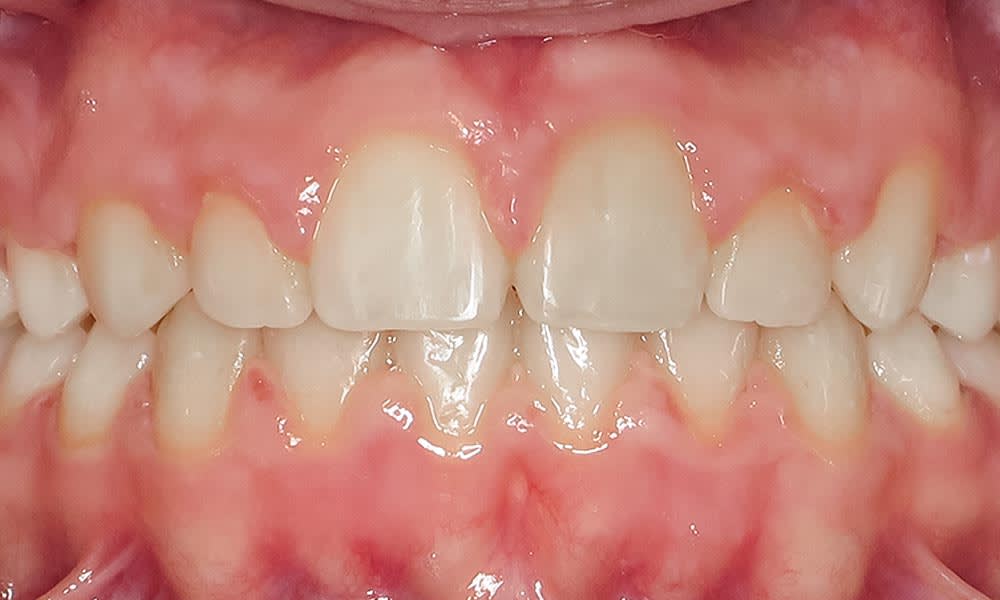
Openbite
An openbite occurs when the upper and lower teeth do not meet when the jaws are closed. Openbites can occur in the front (anterior) or back (posterior) teeth. Patients with openbites have great difficulty chewing properly.
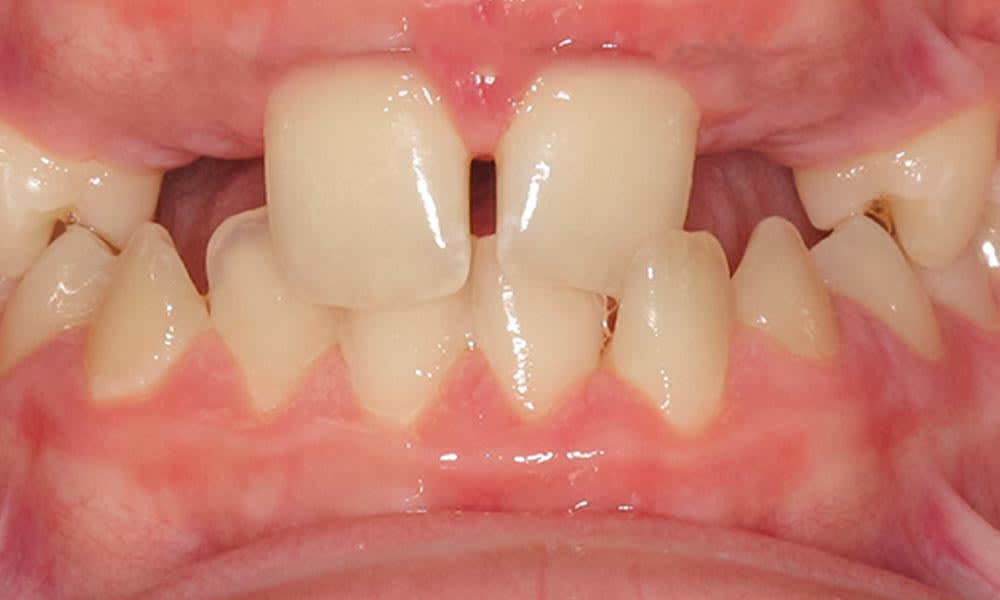
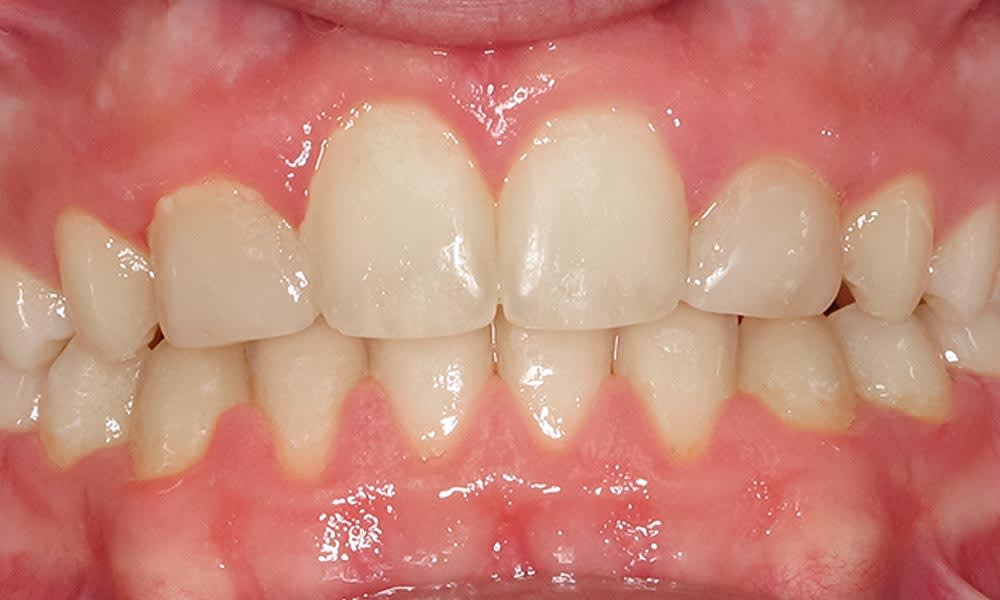
Impacted or Missing Tooth
An impacted tooth occurs when the tooth is in the correct position but has not fully erupted from the gums. A tooth is fully impacted when it has not broken through the gum at all, whereas a partially impacted tooth has appeared but not fully broken through. The most common teeth to be impacted are the third molars (wisdom teeth) and upper canines (eyeteeth or cuspids).
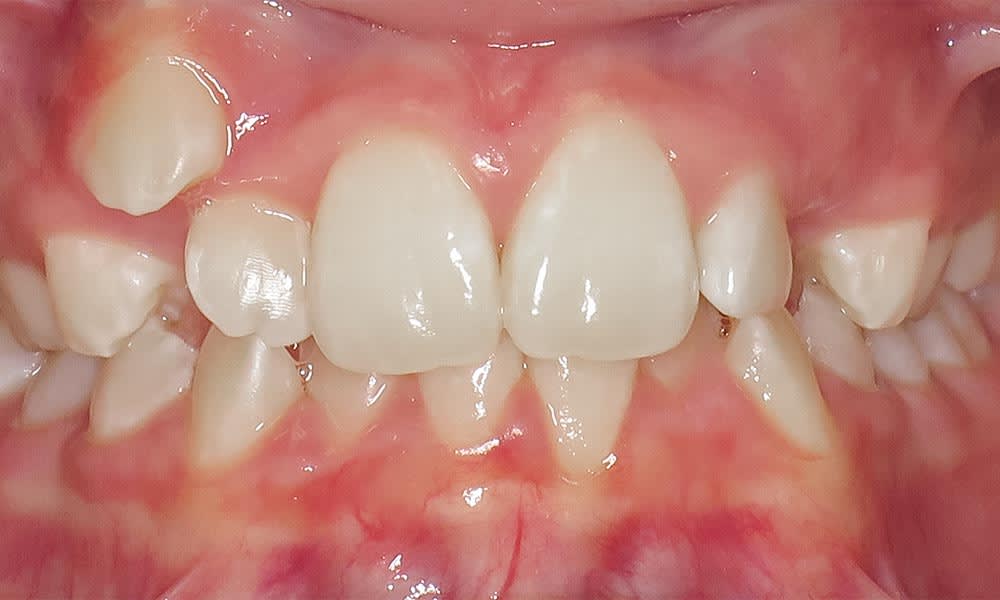
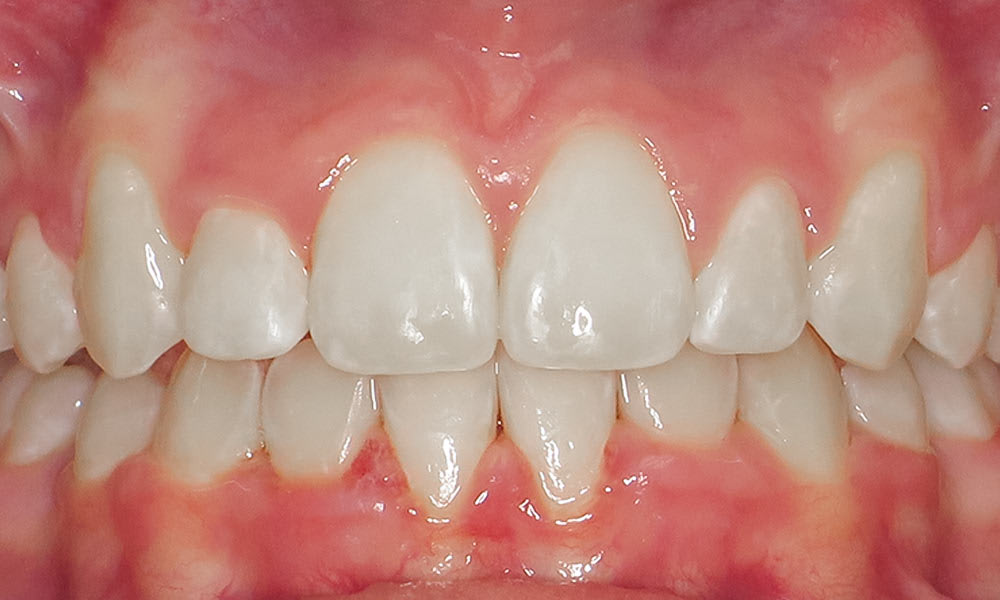
Ectopic Tooth
An ectopic tooth erupts somewhere it shouldn’t. Most commonly, canine (or eyeteeth or cuspids) may erupt in the roof of the mouth or up high like a “fang” instead of on the gumline. First molars are also prone to erupt ectopically.